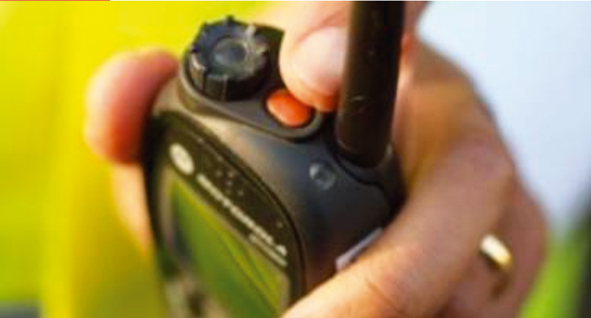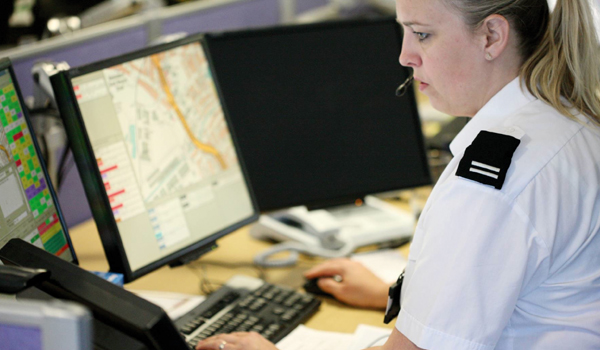ESMCP: A flawed process?
A strong critic of the Governments new Emergency Services Network (ESN) process warns that once Airwaves Tetra network is switched off, police and other emergency services could end up using the same network as everyone else, competing with Facebook and Angry Birds for air time and hoping that necessary and appropriate safeguards are in place.
A strong critic of the Governments new Emergency Services Network (ESN) process warns that once Airwaves Tetra network is switched off, police and other emergency services could end up using the same network as everyone else, competing with Facebook and Angry Birds for air time and hoping that necessary and appropriate safeguards are in place.
Contracts for the UKs Tetra (terrestrial trunked radio)-based national communications systems are scheduled to expire from 2016 to 2020 and will be replaced by 4G LTE (long-term evolution) technology supplied by EE, the sole preferred bidder in Lot 3 (mobile services) of the Emergency Services Mobile Communications Programme (ESMCP).
The existing Tetra network covers 99 per cent of the land mass and 98 per cent of the population of England, Scotland and Wales and serves all three emergency services and other national users. However, being a narrowband platform and with emergency services seeking to widen communication options to include video and data as well as voice the Government believes Tetra may no longer fit todays demands, and with the low-cost commercial wireless air time available today may not be cost-effective.
However, Tetra expert Peter Clemons, founder and managing director of critical communications consulting firm Quixoticity, said: Tetra is a highly-efficient technology with advanced features such as mission-critical voice, all-inclusive group calls and direct device-to-device calls when outside network range that are simply not available over commercial networks optimised for data, infotainment or best-effort voice.
No communications network is perfect and no communications network can be everything to everyone, but Tetra does what it does very well, providing a unique service to emergency services that is trusted and proven and no other technology will be able to replace it anytime soon.
Modern network
Mr Clemons, a regular speaker at major PMR (professional mobile radio) events around the world, including Critical Communications World (Tetra World Congress), agrees there is a need to modernise the emergency services network to incorporate new technologies and new practices in order to connect with, and better serve, an increasingly connected, informed and sophisticated public.
But it is also clear that in order to get off the ground in the first place, the new ESN will have to provide at least the same level of service or better for around 250,000 operational staff in the three emergency services police, fire and ambulance as well as the National Crime Agency, National Police Air Service, British Transport Police, Ministry of Defence Police, Civil Nuclear Constabulary and perhaps as many as another 50,000 users from as many as 400 Tier 2 agencies, including local government, a number of charitable bodies and other support services, said Mr Clemons.
This makes the ESN a high-risk undertaking for commercial mobile operators which have previously made their returns on investment by focusing on best-effort mobile services for the general public and business customers.
Any onerous conditions placed in their contracts by government to protect emergency services users are almost impossible for accountants and finance directors to quantify. This places enormous incalculable technical, financial and reputational risks on the broad shoulders of commercial enterprises, their financiers and shareholders, as if (or when) there is an unexpected catastrophic failure of the network, there will be plenty of lawyers, politicians and civil groups looking for someone to blame.
Indeed, John Lewis, the chief operating officer for Airwave, believes the technology to operate the next generation of mission-critical communications may not be ready for another ten years and the procurement process places significant risks on officer safety (see PP472).
Most mobile operators still use their 2G and 3G networks to deliver voice calls, said Mr Clemons. A stable, global, fully interoperable, ultra-low-latency




